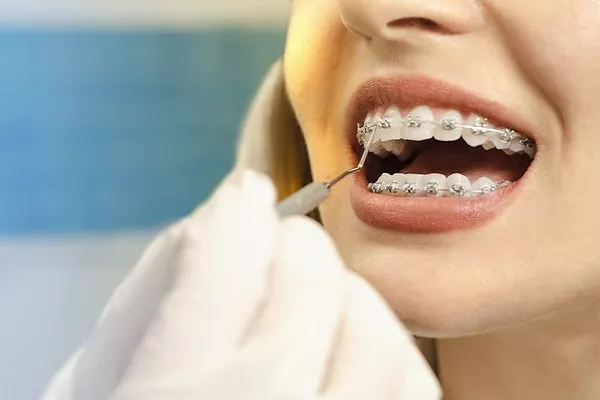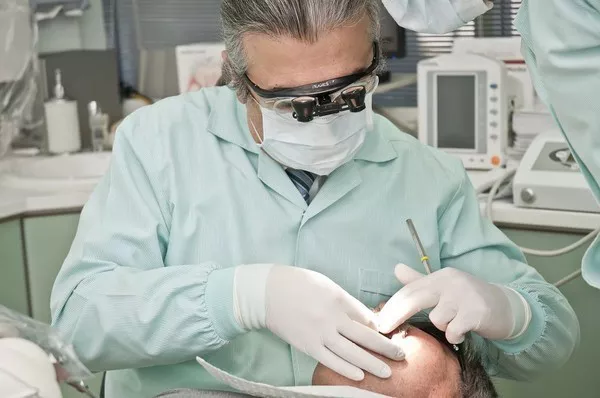Bone grafting is a common procedure used to prepare the jawbone for dental implant placement. This involves adding bone material to the jawbone to create a stable base for the implant. Understanding what to expect during the bone grafting process can help you feel more confident and prepared for your dental implant procedure.
Evaluation and Planning:
Before the bone grafting procedure, your dental professional will conduct a thorough evaluation of your dental and medical history, as well as the condition of your jawbone. This will help determine the appropriate bone grafting technique and materials needed for your individual needs.
Bone Grafting Procedure:
The bone grafting procedure typically involves creating an incision in the gum tissue to access the jawbone. The bone material, which may be sourced from your own body or from a donor, is then placed in the targeted area of the jawbone. The gum tissue is then sutured closed to allow for proper healing.
Recovery and Follow-Up:
Following the bone grafting procedure, you can expect some discomfort and swelling in the area. Your dental professional may prescribe pain medication and provide instructions for caring for the surgical site. It is important to follow these instructions closely to ensure proper healing and successful integration of the bone graft.
Dental Implant Placement:
After the bone graft has healed, your dental professional will evaluate the condition of the jawbone and determine if it is ready for dental implant placement. If so, the implant will be placed in the jawbone and allowed to heal and integrate with the bone over several months.
Bone grafting is an important step in preparing the jawbone for successful dental implant placement. Understanding what to expect during the bone grafting procedure and following proper aftercare instructions can help ensure a smooth and successful dental implant procedure. Contact your dental professional for more information on bone grafting for dental implants and to determine if it is the right option for you.
































